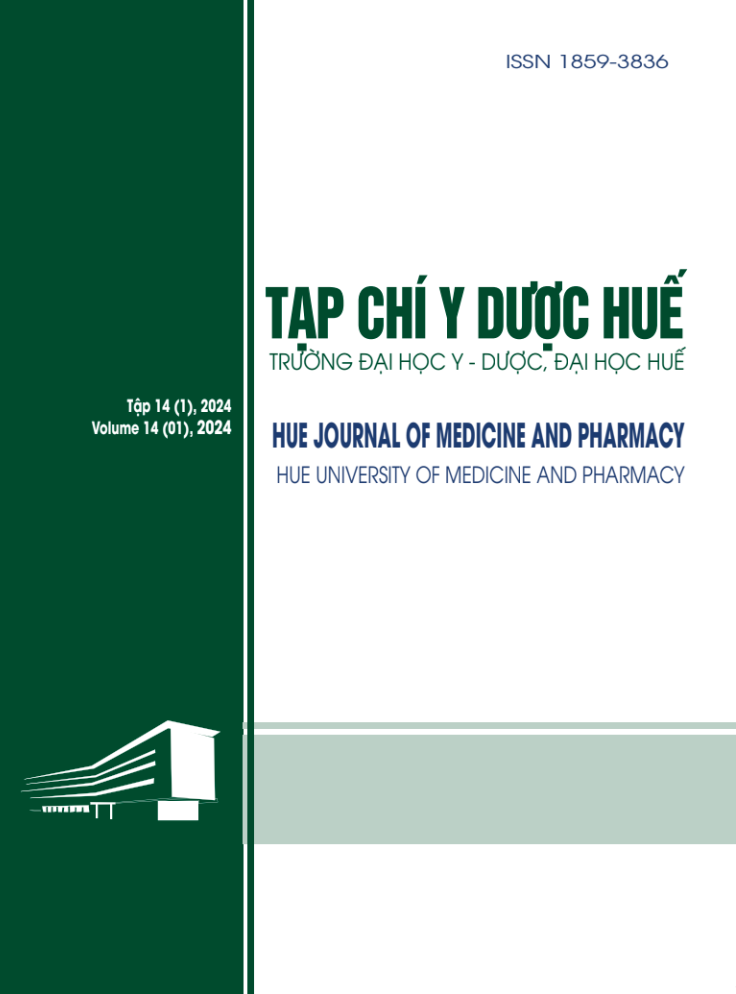Abstract
Background: Sepsis has a high risk of death. Diagnosing and prognosing sepsis in the early stage play an important role, helping to reduce mortality and shorten the time of hospital stay of patients.
Aims: Study the factors associated with mortality in sepsis adult patients.
Materials and method: 110 patients over 15 years old were diagnosed with sepsis, at the Department of Tropical Diseases and Intensive Care Unit, Hue Central Hospital from 1/2021 to 12/2022. Tracked cross-sectional descriptive study.
Results: The median age of sepsis patients was 66.4 ± 17.5. Male/female: 62/48. The duration of onset of the disease was about 4 days. The average length of hospital stay was 2 weeks. The rates of septic shock and multi-organ failure were 32.0% and 35.5%, respectively. The mortality rate was 20.0%. The heart, liver, respiratory, and kidney are the organs with the highest rates of dysfunction. There was a statistically significant difference in the time of hospital stay and the number of dysfunction organ, serum urea and creatinine between the two groups of death and survivors (p < 0.01). The SOFA score of patients who died gradually increased compared to the SOFA score at the admission, the survivors had a decrease in SOFA scores over time.
Conclusion: The majority of sepsis patients > 60 years old (66.4%), the proportion of males was higher than females. The rates of septic shock and multiple organ failure were 31.8% and 35.5%, respectively. The mortality rate was 20.0%. The heart, liver, respiratory, and kidney are the organs with the highest rates of organ failure. Factors that were independently associated with mortality in sepsis patients were time of hospital stay, serum creatinine, and SOFA_T24.
| Published | 2024-02-26 | |
| Fulltext |
|
|
| Language |
|
|
| Issue | Vol. 14 No. 1 (2024) | |
| Section | Original Articles | |
| DOI | 10.34071/jmp.2024.1.4 | |
| Keywords | Sepsis, prognostic factor, mortality nhiễm khuẩn huyết, yếu tố tiên lượng, tử vong |

This work is licensed under a Creative Commons Attribution-NonCommercial-NoDerivatives 4.0 International License.
Copyright (c) 2024 Hue Journal of Medicine and Pharmacy






